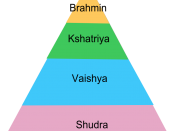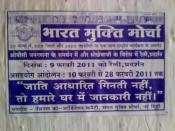Describe the trend in global inequality over the course of the last century. Based on where we have been and where we are now, predict where the world may be a century from now. What prediction would modernization theory support? What about dependency theory? What do you think will happen? Why?
Briefly describe the main characteristics of caste systems and class systems. How are these types linked to different kinds of economic production (agrarian versus industrial technology)? In what ways are people in class systems more equal than those in caste systems? What are the different justifications for inequality in each case?
Question 1
Global inequality has been on the rise over the past century with the boom of the industrial and the information revolution. Countries known as the first world have far surpassed third world countries.
Modernization theory points out those countries that had been the poorest have developed and have become richer due to the trade expansion and industrial revolution.
This trend will rise in countries that have the technology to pursue this fast pace movement but countries that do not have the technology will see almost no change at all. I believe this trend will continue.
Question 2
In the class system people are equal because more competition is at hand. People are only held back by the amount of energy they wish to expel to their careers or life style.
In caste systems people are placed into pre-determined situations such as work or marriage purely based on who they have been born to and what their families have done for a living.
The main characteristic of a caste system is based on arbitrary placement. People are made to marry only others from within their own race such as in South Africa, and India.
In a...


